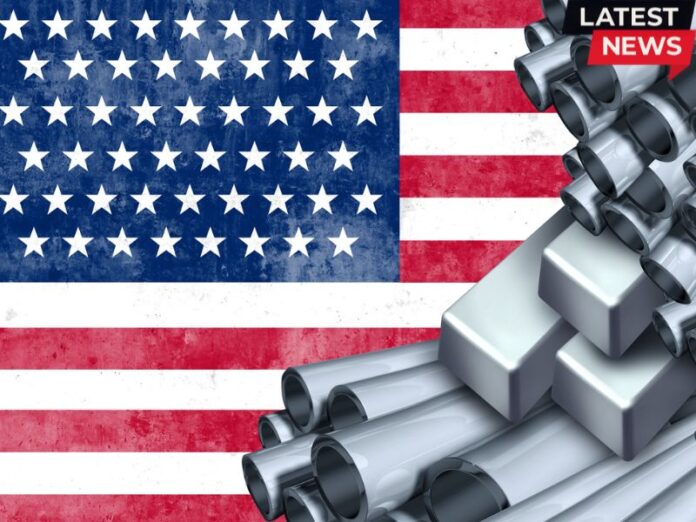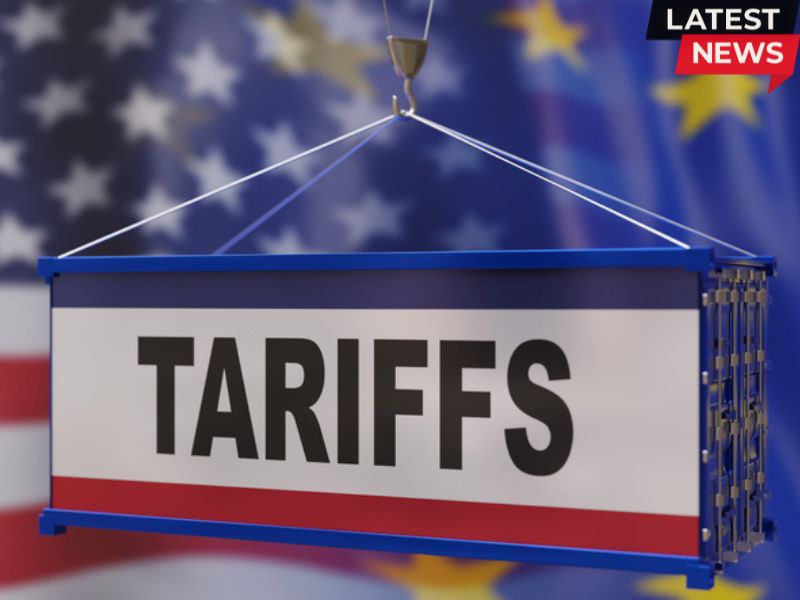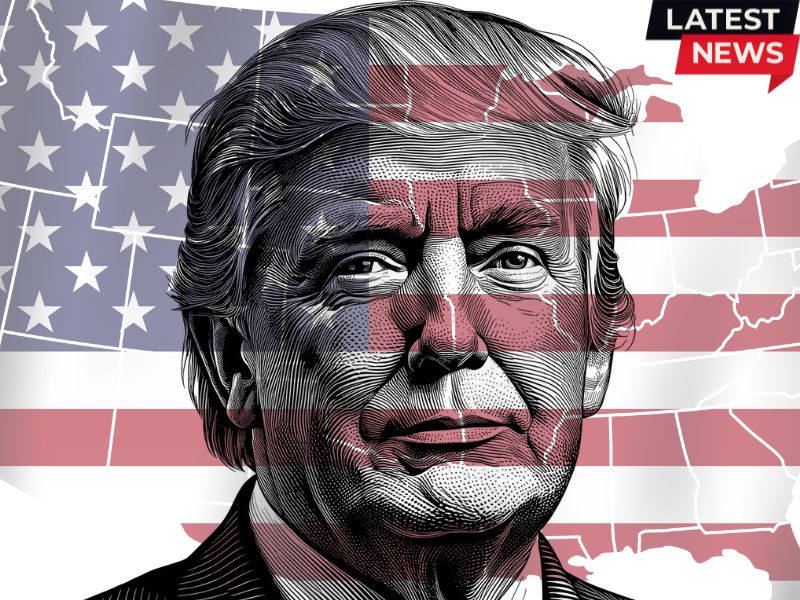
President Donald Trump signed an order on Tuesday doubling tariffs on steel and aluminum imports from 25% to 50%, escalating trade tensions and sparking concern across the manufacturing sector.
The decision, effective Wednesday, marks the second hike in duties on these crucial industrial materials since March. Trump defended the move as necessary to protect American producers and ensure long-term viability for the domestic metals industry.
“This means nobody’s going to be able to steal your industry,” he said during a speech at a U.S. Steel plant. “At 25%, they can get over the fence. At 50%, they can no longer get over.”
The reaction was swift. Business leaders voiced concern about rising costs and shrinking margins. Rick Huether, CEO of Maryland-based Independent Can Co., said he has paused investments and fears customers will shift to cheaper alternatives like plastic or cardboard.
“We’re in chaos,” he said, noting that he sources steel from Europe to make decorative tins and food containers.
The tariff increase does not apply to the United Kingdom, which secured a carve-out. UK steel will continue to face the previous 25% rate as part of ongoing trade discussions. British officials welcomed the exemption but warned of wider disruption.
Gareth Stace, head of UK Steel, said the new 50% levy would be “catastrophic” for the industry. “Most of our orders, if not all of them, will now be cancelled,” he warned.
The United States remains one of the largest importers of steel, drawing heavily from Canada, Mexico, Brazil, and South Korea. While overall imports and production levels showed little change as of May, shipments dropped 17% in April compared to the prior month.
Smaller firms say the financial impact is already mounting. Chad Bartusek, supply chain director at Illinois-based Drill Rod & Tool Steels, said his company now faces double the tariff bill on incoming Austrian steel — up to $145,000 from an earlier estimate of $72,000.
“It’s one punch after the other,” he said. “Hopefully, this settles down quickly.”
Critics argue the policy will hurt more than help. Economists point to previous studies showing that while Trump’s earlier tariffs added around 1,000 jobs in steel, they eliminated tens of thousands elsewhere due to higher costs.
Erica York, a tax policy expert at the Tax Foundation, warned of deeper losses this time. “This kind of tariff on intermediate goods like steel is particularly damaging. It raises production costs across the board,” she said.
Meanwhile, European officials said they remain in intense negotiations with Washington to ease tensions and avoid retaliatory action.
Related Readings:



#Trump #Doubles #Steel #Tariff #Rate